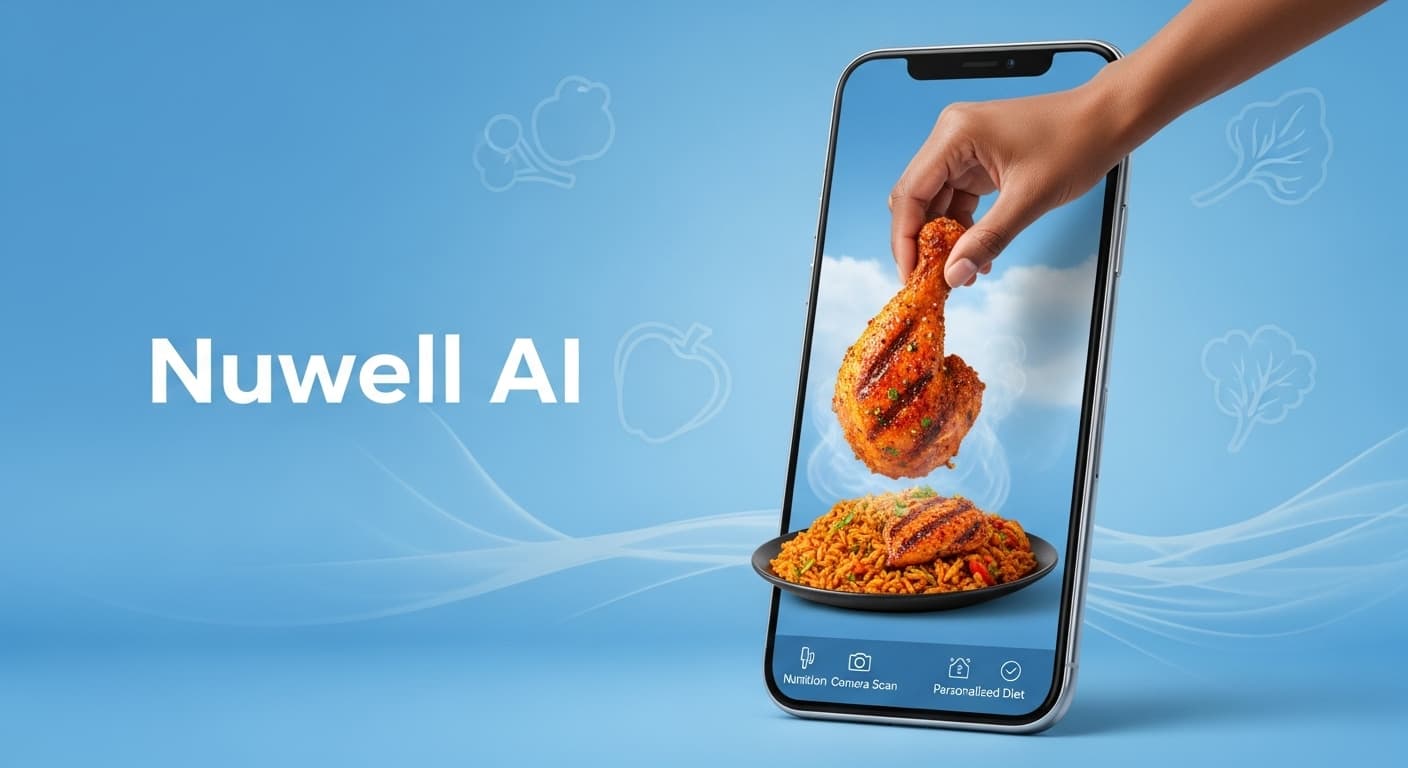How the NuWell AI Dietician Actually Works for African Diets

Most nutrition apps give the same advice to everyone: eat less, exercise more, and try quinoa. That doesn’t work if your diet includes pounded yam, beans, or suya, and your goals shift week to week.
The NuWell AI Dietician solves this by using your real data, what you eat, how your body responds, and what foods are actually available to you.
We are Building Nuwell on Real Inputs, Not Assumptions
It makes decisions using five specific data points:
1.Meal History: The AI learns from everything you log. If you’ve eaten akara and pap three times this week, it registers that pattern, not to scold you, but to work with it.
2.Calorie and Macro Patterns: Instead of daily snapshots, it looks at trends. If your protein intake has been low for four days, it suggests high-protein meals. If you’ve been eating under your calorie target, it adjusts.
3.Profile and Health Data Your height, weight, age, gender, and activity level give it context. A sedentary 45-year-old and an active 22-year-old don’t get the same plan. Neither should a hypertensive person and someone aiming for muscle gain.
4.Weight History: The AI doesn’t wait for you to hit a wall. If your weight is trending up or down too fast, it adapts recommendations before it becomes a problem.
5.Saved Foods and Recipes: The system doesn’t guess what you like. If you saved Pan-seared Plantain with Vegetable Sauce, it suggests that before recommending anything else. That’s how it stays relevant.
Why It Works in African Contexts
Western nutrition apps don’t know what “egusi” or “amala” is. NuWell does. It pulls from a local database, meals people actually cook and eat in Nigeria, Ghana, Kenya, and other regions.



